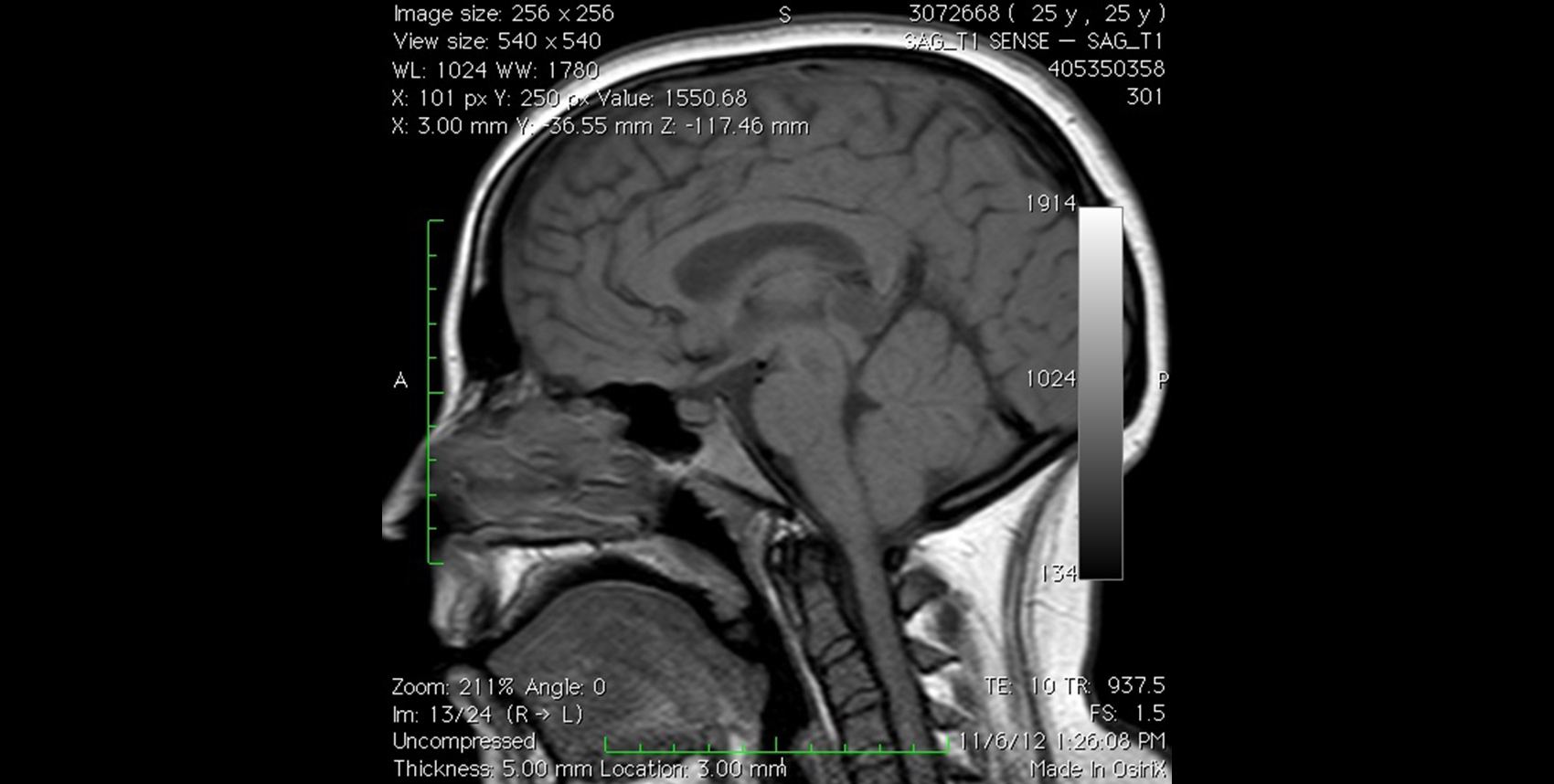
Chiari Malformation Signs & Symptoms
Despite the fact that Chiari malformation is usually present at birth, the symptoms of the malformation are not usually experienced until adulthood. Chiari malformation is often difficult to diagnose because the symptoms can be vague and so numerous that many doctors just cannot make sense of them.
The symptoms of Chiari malformation include but are not limited to:
- Headache - This is the most common symptom of Chiari malformation. Headache is often pressure-like and usually begins at the back of the head, often radiating behind the eyes. Coughing, laughing, bending forward, sneezing or looking up can worsen the headache. Headache may be confused with a migraine.
- Neck pain - Often pressure-like and radiating down the spine and across the shoulders.
- Dizziness, vertigo - Often worsened by extension of the neck.
- Vague pains throughout the body
- Impaired balance
- Clumsiness
- Chronic nausea
- Foggy thinking, poor memory and concentration
- Frequent or urgent urination
- Irritable bowel syndrome
- Auditory symptoms - Including ringing in ears, increased sensitivity to sounds.
- Difficulty swallowing
- Changes in the voice - This can include hoarseness or inability to regulate the voice when shouting or singing.
- Visual symptoms - Including double vision, sensitivity to light, and seeing floaters

Types of Chiari Malformation
There are three types of Chiari malformation. Type I relates to the extension of the cerebellar tonsils into the foramen magnum and below causing compression of the brainstem. This manifests in adult life and is the Chiari malformation that we treat at this clinic. Type II and type III are much more extreme disorders that are present, diagnosed and treated at birth. Some people describe Chiari zero malformation. This is simply a malformation with cerebellar tonsils that do not protrude by standard 5 mm. Many of our patients fall into this category.
If you are a new patient, please contact us.
